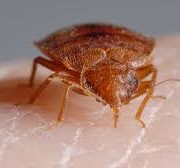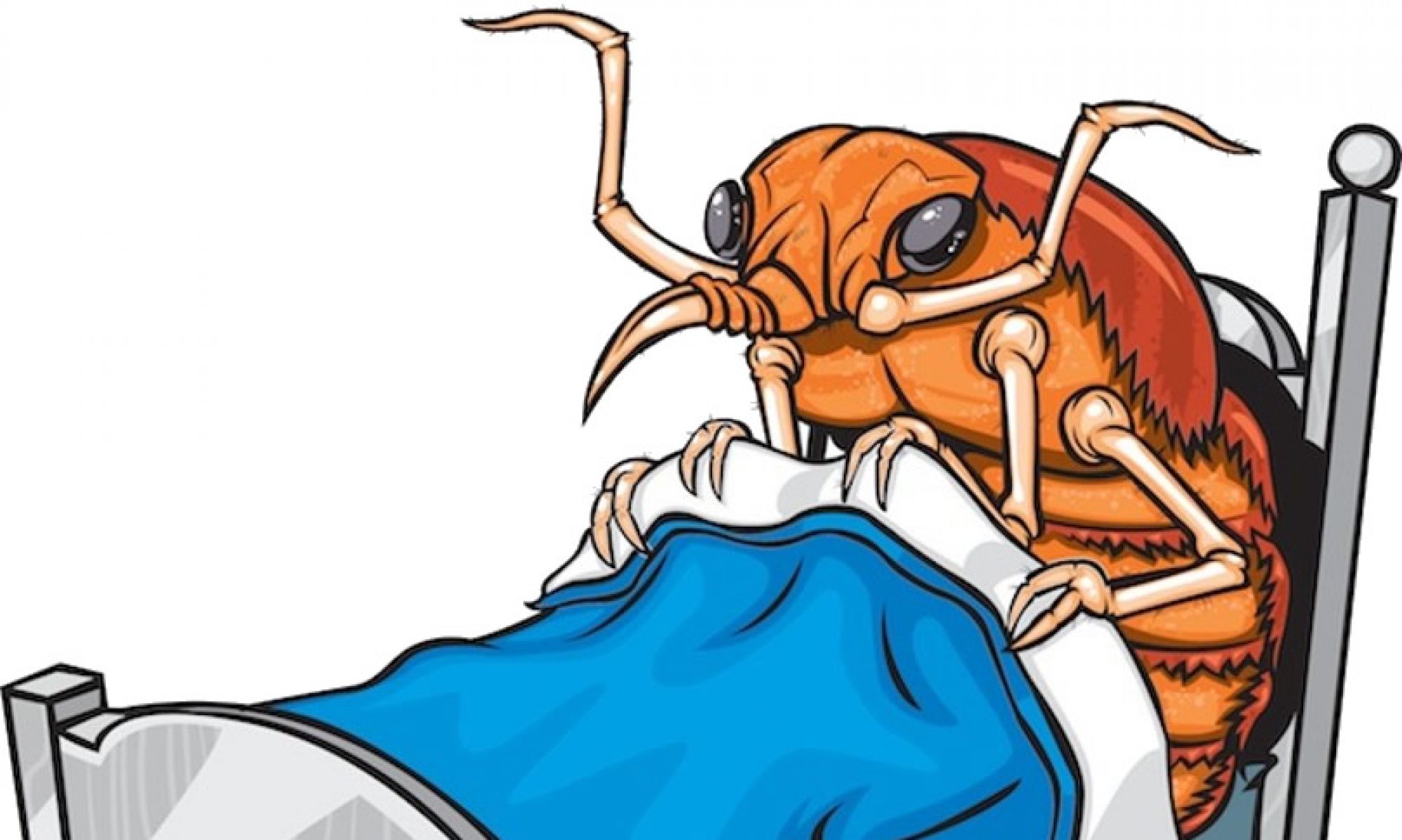DEVELOPED BY THE NATIONAL PEST MANAGEMENT ASSOCIATION
 Bed bugs in offices are a growing problem. An office is a much different habitat for a bed bug than in a bedroom where human hosts are available, inactive, asleep, and in the dark. Unlike residential settings, bed bugs in offices tend to wander around randomly looking for hosts. So bed bug numbers tend to be low, populations grow slowly by periodic re-introductions (not breeding), and the bed bugs generally become widespread before office workers realize there is a bed bug problem. At this point, bed bugs are often very hard to find and difficult to control. These guidelines will help office managers recognize and deal with bed bug outbreaks and minimize future bed bug problems.
Bed bugs in offices are a growing problem. An office is a much different habitat for a bed bug than in a bedroom where human hosts are available, inactive, asleep, and in the dark. Unlike residential settings, bed bugs in offices tend to wander around randomly looking for hosts. So bed bug numbers tend to be low, populations grow slowly by periodic re-introductions (not breeding), and the bed bugs generally become widespread before office workers realize there is a bed bug problem. At this point, bed bugs are often very hard to find and difficult to control. These guidelines will help office managers recognize and deal with bed bug outbreaks and minimize future bed bug problems.
What to Avoid
- Do not try to hide information about the bed bug problem from employees.

- Do not “blame” or stigmatize workers whom you suspect have brought in the bed bugs.
- Do not try for control “on the cheap.” To successfully control bed bugs once they are widespread in an office setting requires intensive monitoring and service over many months.
Be Proactive
- Develop a written “bed bug action plan” in advance of problems being identified with specific procedures and responsibilities for responding to a bed bug incident.
- Educate office workers and maintenance staff about:
- The risk of moving bed bugs from home to office, from office to home, from office to office.
- Basic bed bug biology and habits.
- How to recognize bed bugs, their signs, and their bites.
- The actions they can take to reduce the risk of spreading bed bugs.
Responding to a Bed Bug Incident
- If someone reports bed bugs, the area should be checked immediately and the bug collected, if possible, for identification by a pest management professional.
- A pest management professional experienced in bed bug control should be hired (if not already under contract) to confirm that bed bugs are present and to determine if other office locations have bed bugs.
- Besides work cubicles, common sites for bed bugs include under raised floors, inside room dividers, behind cove moldings, and anywhere workers congregate such as around copy machines, lunch areas, lounges, meeting rooms, etc.
- If recommended by a pest management professional, consider using a certified bed bug scent detection canine team to determine the extent of the infestation.
- Disclose the finding of bed bugs to all employees working in the area.
- The scope and intensity of service as determined by the pest management professional will almost always consist of a cycle of service and inspection over a period of many months.
- Office bed bug service may include the following:
- Insecticide applications targeted to certain infested or suspect areas.
- Steam or spot cold treatment to kill bed bugs in furniture, carpet edges, room dividers, and in cracks and crevices. Vacuuming to eliminate clusters of bed bugs.
- Heat treatment of rooms or compartment heat treatment of furniture and fixtures.
- Off-site fumigation for bed bugs in equipment, furniture, fixtures, and specialty items
Bed Bug Prevention
- Recognize that employees and visitors to office buildings may live in bed bug-infested homes. A permanent inspection and monitoring program for bed bugs is necessary to identify new bed bug introductions before they spread.
- Monitoring may include regular visual inspections by a pest management professional, the use of detection devices, and/or inspections of the entire area by a certified bed bug scent detection canine team.
- Whenever a bed bug is found, control actions should be instituted in the immediate area (a minimum of 20 feet diameter), within 24 hours if possible.
- Office infestations commonly come from workers who live in bed bug-infested homes.
- To reduce the risk of reintroduction, management may want to provide information and even assistance (such as home inspections) to these workers.
- Monitoring tools and efforts should always include the work areas of these employees.
For detailed information on bed bugs, control options, guidance on working with professionals, please visit www.pestworld.org


